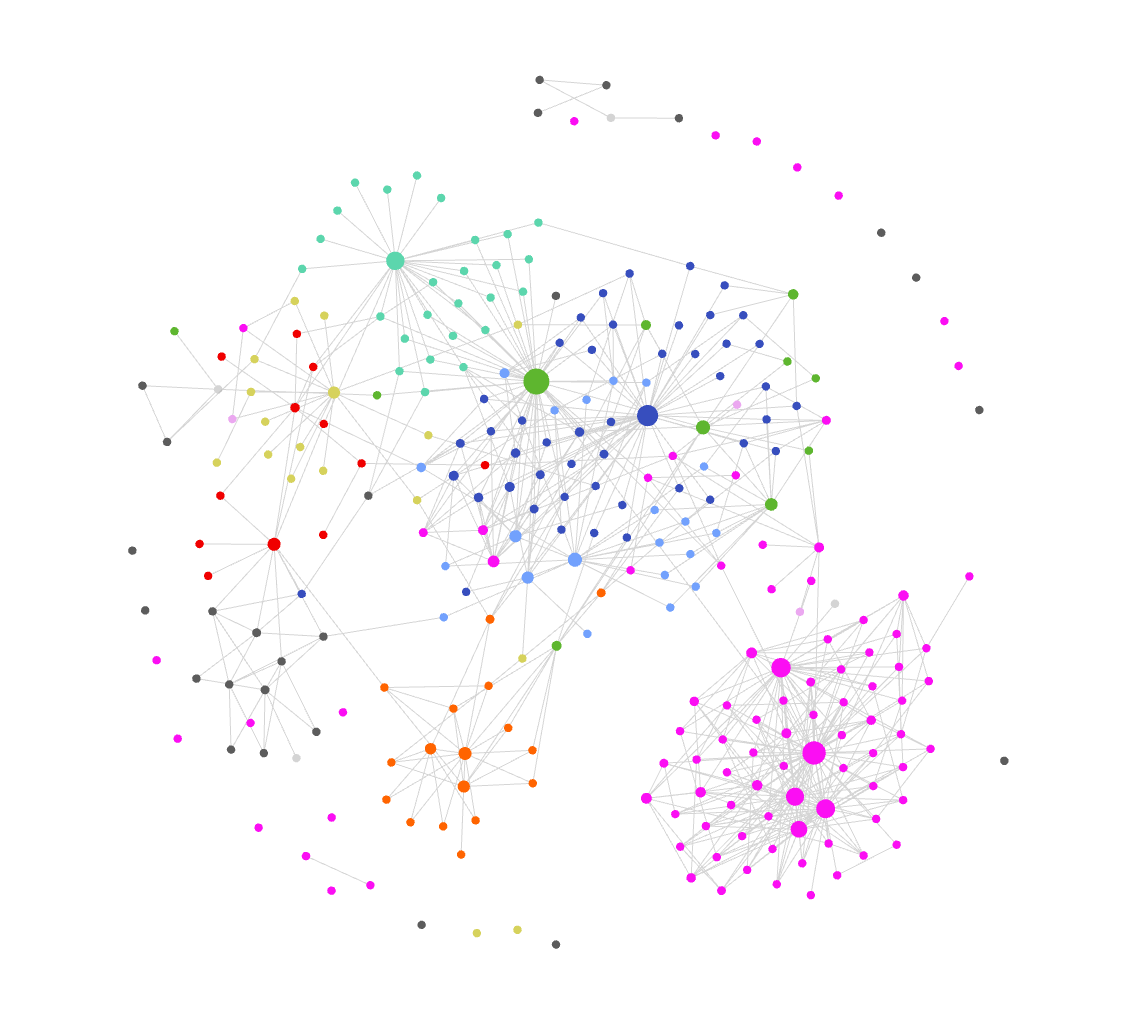Kürzlich ist der Sammelband #BlickVomTellerrand – Die Bezugsdisziplinen der Sozialen Arbeit und ihre Perspektiven auf die Digitalisierung im Open Access erschienen. Herausgegeben wurde das Werk von Prof.in Dr.in Daniela Cornelia Stix (Brandenburgische Technische Universität Cottbus–Senftenberg), Prof.
Rogue Scholar Beiträge

I came across Obsidian on my Mastodon timeline. Some time ago, the subject of “knowledge management” was a hot topic there.

Confession time: I have yet to find a satisfyingly regular and repeatable method for measuring neural canal diameters. A LOT of dinosaurian neural canals are not cylindrical but flare out on either end, like two trumpet bells set back-to-back.
Anita Cherry: Like Father Like Daughter History was made in the winter of 1973 in the coal seams of Jenkins, Kentucky. Alongside Diana Baldwin, Anita Cherry became one of the first two women in the United States to work underground in a coal mine.
Appalachian Figures From Double Creek to Hindman James Still was born on July 16, 1906, in the Double Creek/Double Branch community near LaFayette, Alabama. After studies at Lincoln Memorial University (’29) and graduate work at Vanderbilt (M.A., 1930), he arrived at the Hindman Settlement School in the summer of 1931.
Appalachian Figures A voice from Knott County Verna Mae Slone was born in Knott County, Kentucky, on October 9, 1914, and died in Hindman on January 5, 2009. She and her husband, Willie Slone, raised five sons. In addition to writing, she became known across Eastern Kentucky for her quilts and cloth dolls.

Die gemeinsame Seminarreihe „Bridging Minds and Machines“ der Forschungsinitiative Digitale Bildung (Leibniz Universität Hannover) und des Labs Learning and Skill Analytics an der TIB geht in die nächste Runde. Am 18. November 2025 findet die nächste Veranstaltung statt, in der Ulrich Stitzinger und Gianni Triantis das MULTIK-Projekt vorstellen.

Three weeks ago, I posted three colour photos of the “Ultrasaurus” excavation at the Dry Mesa Quarry, provided by Tyler Holmes from an old dinosaur encyclopedia. Here’s the third one again: I wrote: This can’t be right.

On November 12, 2025, the 18th European Public Health Conference hosted a symposium organized by the International Federation of Red Cross and Red Crescent Societies (IFRC). The session, “The heart of resilience: lessons from mental health support for children and young people affected by conflict in Ukraine,” explored the large-scale mental health and psychosocial support (MHPSS) initiative developed by the IFRC with support from the European

.wrappingr { float: right; shape-margin: 50px; width: 40%; } .wrappingl { float: left; shape-margin: 50px; width: 40%; } #fig-structure > figure > figcaption { float: left; clear: both; } The Rise of Fentanyl We speak of the US opioid epidemic as if it is one single thing, but it is actually a rapidly shifting, regionally variable wave of different events.

I recently gave a talk about analyzing vowel formant trajectories using the Discrete Cosine Transform, and people have been asking me about when they could/should use a DCT based model versus a gamm. So, I’ll work through that question here!